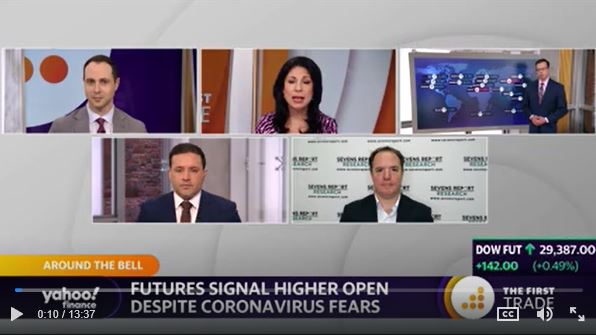Where Do Markets Go From Here?
What’s in Today’s Report:
- Where Do Markets Go From Here?
- Weekly Market Preview: Coronavirus news first, but it’s an important week from a data standpoint too
- Weekly Economic Cheat Sheet: Why Wednesday is the Most Important Day of the Week
Markets are trying to stabilize and futures are down modestly, but they have been volatile as futures have been down 1% and up 1% before trading back closer to flat.
If there’s a “reason” for the attempted rebound, it’s the surging expectation for a globally coordinated central bank response sometime later this week (possibly a 50 bps cut).
Coronavirus news remained negative in aggregate as cases increased in the U.S., although the news is no worse than what the market’s priced in last week.
Economically, the Chinese Feb. Manufacturing PMI imploded to 35.7 vs. (E) 46.0, but that wasn’t a surprise. The data from the EU and Britain was solid.
Today the market will be driven by the latest coronavirus headlines, but there is an important economic report, the ISM Manufacturing PMI (E: 50.4), and a better than expected number would give the market a needed confidence boost.

